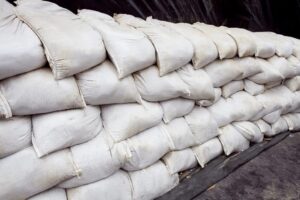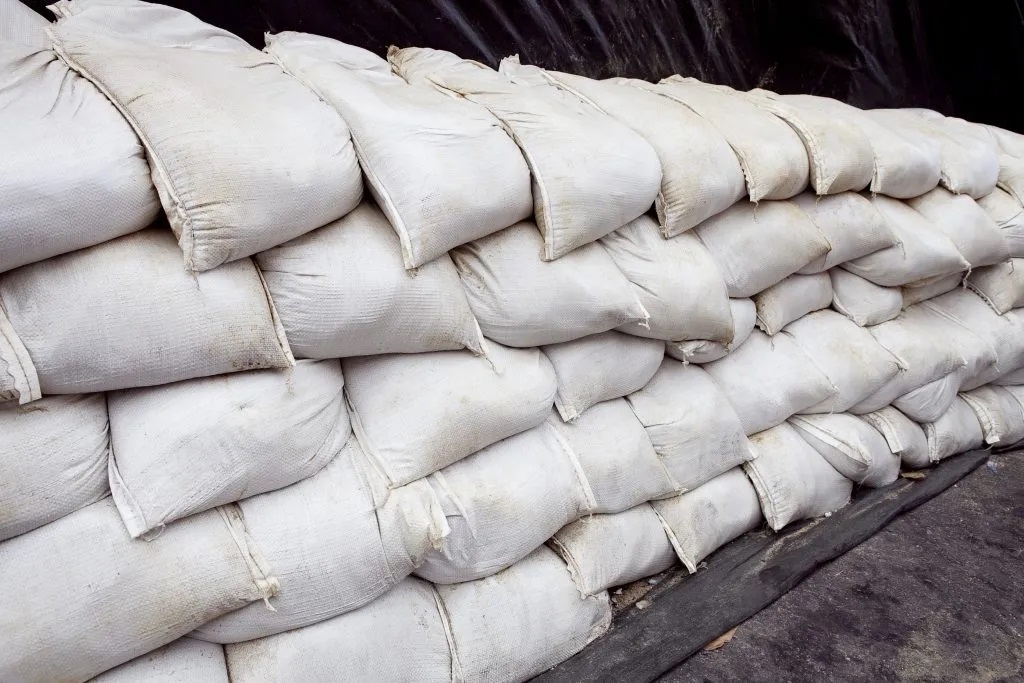What is a geotextile bag?
Geotextile bags are usually made of synthetic fiber materials such as polypropylene (PP) or polyester (PET).
These synthetic fiber materials have good properties such as water resistance, tensile strength and chemical attack resistance, and are suitable for protection and reinforcement applications in geotechnical engineering.
Geotextiles are geological materials used in earthworks and protective engineering, usually made of synthetic fiber materials such as polypropylene or polyester. It has strong tensile, puncture and chemical attack resistance, and the bag is filled with appropriate fillers, such as soil, gravel, concrete, etc.

Geotextile bags are mainly used in the following areas:
Slope protection: In the construction of slopes, river banks, rivers, etc., geotextile bags are stacked and reinforced to provide slope protection, increase the stability of the soil, and prevent geological disasters such as landslides and collapses.
Water conservancy projects: Geotextile bags can be used in the construction and maintenance of dams and embankments, as a protective layer for slope protection, seepage prevention, and erosion prevention.
Physical engineering: In projects involving earthwork excavation and filling such as rivers, coasts, and lakes, geotextile bags can be used to form structures such as revetments, breakwaters, retaining walls, and artificial islands.
Environmental protection projects: Geotextile bags are widely used in landscaping projects, river and lake treatment, soil protection and pollutant barriers and other environmental protection projects.
Geotextile bags have the characteristics of light weight, good flexibility, and convenient construction, and can adapt to various terrains and complex construction environments. It has played a role in improving soil stability, reducing soil erosion, and increasing project life in engineering, and has been widely used.
Author
-

Founded in 2002, Tinhy's team focuses on the manufacturing, marketing, installation, application and research and development of geosynthetic materials.
View all posts




